Study Outlines Plans to Stop Asian Carp at Chicago
Three proposals for separating the Great Lakes from the Mississippi River watershed could block the flow of aquatic invasive species while re-envisioning water management in Chicago, a new study says.
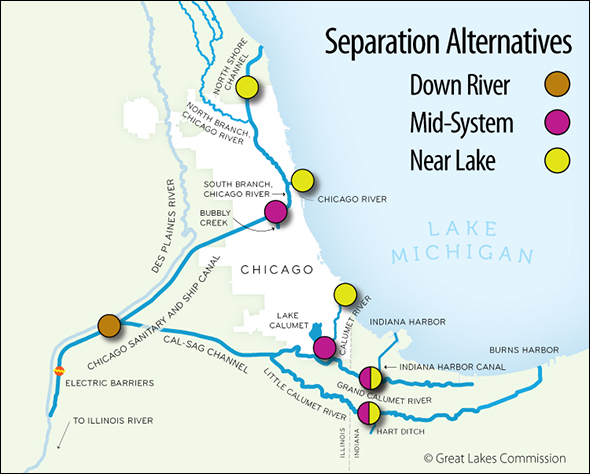
Watershed separation in Chicago is the only permanent solution to stopping harmful aquatic invaders like Asian carp from entering the Great lakes, according to a study released on Tuesday by the Great Lakes Commission (GLC) and the Great Lakes and St. Lawrence Cities Initiative.
The report outlines three scenarios, ranging in price from $US 3.26 billion to $US 9.54 billion, which would place physical barriers within the Chicago Area Waterway System (CAWS) to reverse the flow of the Chicago River and separate the Great Lakes from the Mississippi River watershed. The plans would require significant infrastructure changes to accommodate shipping, wastewater and flood waters.
These changes would be implemented in two phases, with the first completed by 2022 and the second by 2029. If successful, the project could save $US 1.4 billion to $US 9.5 billion in invasive species control and damage costs, as well as protect the estimated $US 7 billion sport-fishing industry in the Great Lakes. Supporters of the idea say it will also modernize Chicago’s shipping facilities, as well as improve water quality and flood protection.
Asian carp, which devastate aquatic food chains by eating huge amounts of plankton, have infested numerous tributaries of the Mississippi River, including the Illinois River, and are threatening to get into Lake Michigan through a shipping canal near Chicago.
“The millions we are spending every year to stop Asian carp is simply not sustainable,” Joel Brammeier, President and CEO of Alliance for the Great Lakes, told Circle of Blue. “We have the opportunity to solve this permanently.”
Before any construction can start, the U.S. Army Corps of Engineers must complete its own study, due in 2015, on separating the two water basins, Brammeier said.
“We hope this is a wake-up call to get the federal agencies and Congress to move faster,” he added. “The biggest hurdle is that the federal side is not moving as fast as the states and cities.”
Five Great Lakes states are suing the Corps of Engineers in federal court in an attempt to speed up the government study.
“The earliest that separation could happen would be 10 years from now but would most likely mean 17 years or even longer,” Mark Biel, chairman of UnLock Our Jobs and executive director of the Chemical Industry Council of Illinois, said in a statement responding to the GLC study.
UnLock Our Jobs represents citizens, businesses and industries that want to keep the CAWS open for shipping while pursuing other means to stop Asian carp.
“Shutting down this one multi-billion dollar transportation route does not even address the 18 other waterways in and out of the Great Lakes that could serve as entry points for invasive species,” Biel said.
According to UnLock Our Jobs, separating the CAWS from the Great Lakes would harm shipping through the locks, which account for $1.9 billion in economic activity and more than 17,000 jobs in the region.
To accommodate shipping and transportation, the separation barriers proposed by the GLC study would include recreational boat lifts and intermodal transfer facilities for cargo.
Brammeier said that preserving the status quo is not an option. “The shipping industry has this idea that if you just ignore it, it will go away,” he said. “That mindset misses the reality that eight Great Lakes states and millions of individuals are understanding that you can’t operate one waterway in a manner that puts an entire region at risk.”
Sources: Great Lakes Commission; Ports of Indiana
A news correspondent for Circle of Blue based out of Hawaii. She writes The Stream, Circle of Blue’s daily digest of international water news trends. Her interests include food security, ecology and the Great Lakes.
Contact Codi Kozacek


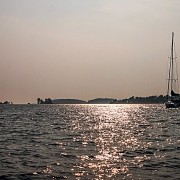
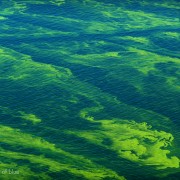
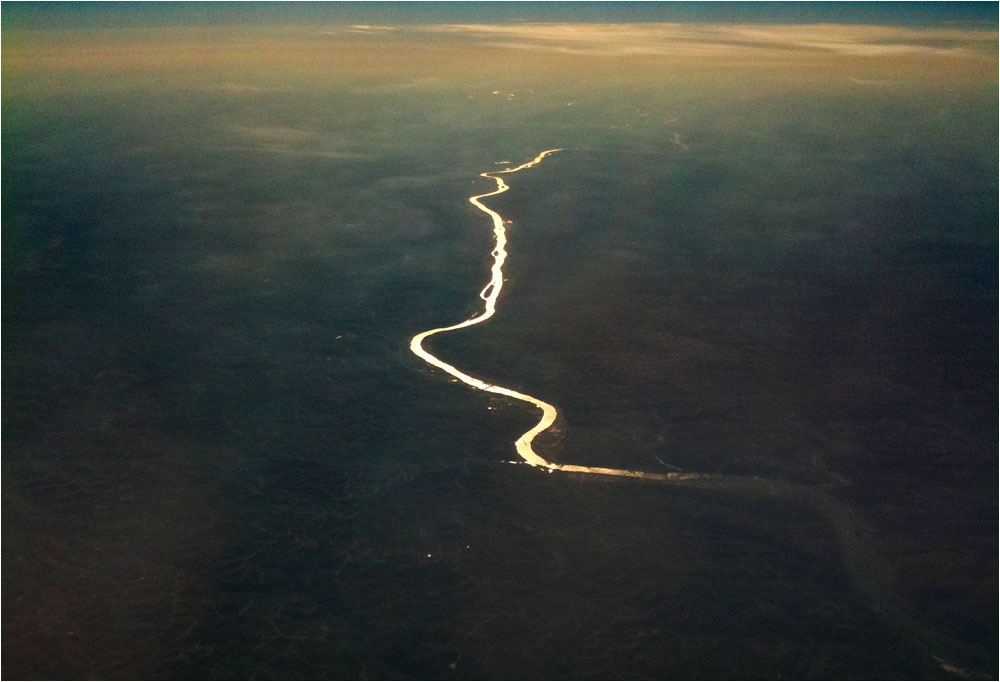
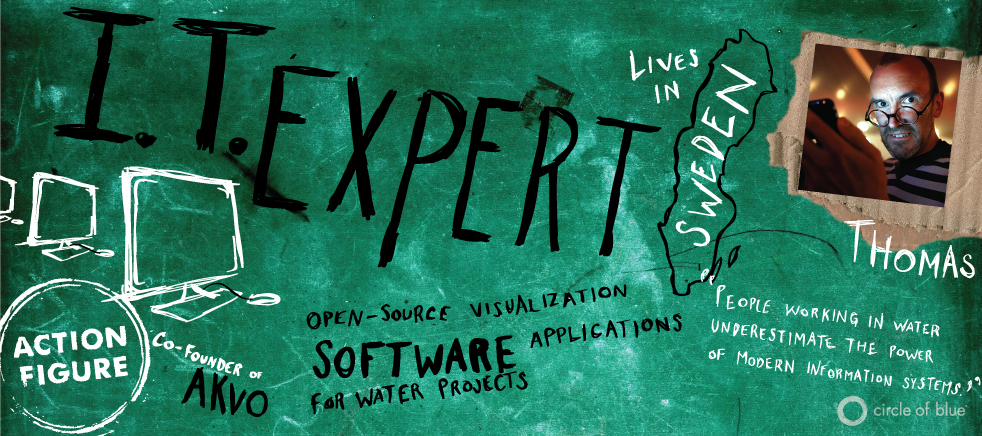



The US EPA needs to crack down on allowing foreign species here for pets, food or anything other than licensed and controlled private ownership/education. We run the largest sustainability forum in the world: barkforum.com
Want to stop the Asian Carp? Stop peeing into open waters, as this waste, not only exerts an oxygen demand, but also is a fertilizer for algae, thus provide food for the carp. Time to force EPA to implement the Clean Water Act as it was intended and this can only be done by correcting an essential water pollution test that caused the failure of the CWA.